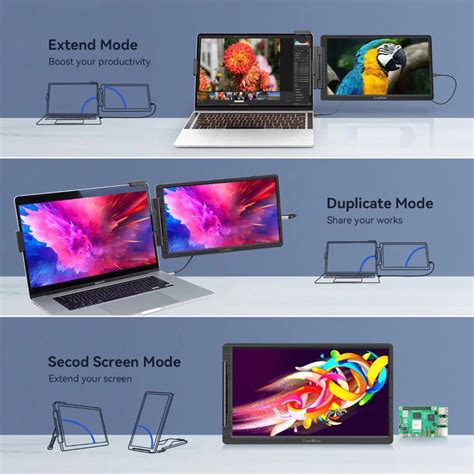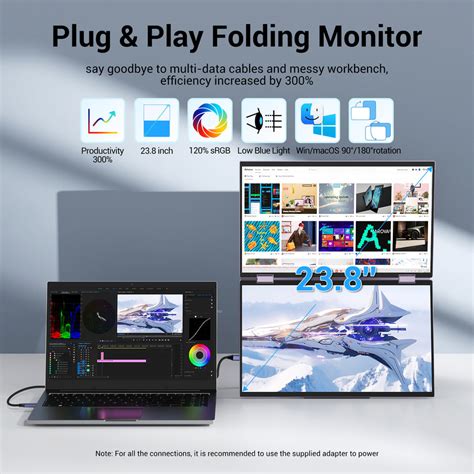As remote work continues to evolve, new strategies for enhancing productivity are emerging, and one of the latest trends is desk floating. This innovative approach challenges the traditional notion of static workspaces by encouraging flexibility and adaptability in how and where we work. Desk floating involves rotating between different workspaces or using portable desks to create a more dynamic and engaging work environment. In this article, we’ll explore what desk floating entails, its benefits for remote workers, practical tips for implementation, and examples of successful adoption. We’ll also look at potential challenges and solutions, as well as future trends shaping remote work and productivity.
Investigate this topic thoroughly with xipres.xyz
1. Explanation of Desk Floating Concept
Desk floating is a concept that reimagines the traditional work setup by promoting flexibility in workspace locations. Unlike the conventional approach of working from a single, fixed desk, desk floating allows remote workers to rotate between various workstations or even use portable desks to adapt to different environments. The idea behind desk floating is to break the monotony of staying in one place, which can sometimes hinder creativity and focus, especially in a remote setting.
By shifting between different workspaces—whether within a home office, a co-working space, or even outdoor areas—desk floating helps individuals stay engaged, motivated, and refreshed throughout the workday. This method encourages the adoption of versatile, lightweight furniture or tools that can easily be moved and reconfigured based on the worker’s needs.
Desk floating is designed to meet the demands of the modern, mobile workforce by enhancing ergonomics, boosting mental clarity, and encouraging a healthy variety of postures and movements. In essence, it is about creating a more adaptable and dynamic working experience that can lead to increased productivity and a more comfortable, enjoyable work environment.

2. Benefits of Desk Floating for Remote Workers
Desk floating offers numerous benefits for remote workers, helping them maintain productivity and well-being. One key advantage is the boost in creativity and focus that comes from changing work environments. By rotating between different workspaces, workers can avoid the stagnation that often comes from staying in a single spot, fostering mental refreshment and inspiration.
Another benefit is improved ergonomics. Desk floating encourages remote workers to shift postures and settings throughout the day, reducing the risk of physical strain associated with prolonged sitting in the same position. This variety can promote better health, particularly for those who deal with back, neck, or wrist discomfort.
Increased flexibility is also a major plus. Workers can adjust their setups to suit their mood, the task at hand, or even the weather, allowing for a more personalized and comfortable working experience. By offering the freedom to work in different locations, desk floating can also improve motivation and overall job satisfaction, making remote work more enjoyable and sustainable.

3. Practical Tips for Implementing Desk Floating
Implementing desk floating effectively involves a few practical steps. First, invest in versatile, portable furniture such as a compact, adjustable desk and an ergonomic chair that can be easily moved. This allows you to set up your workspace in various locations, from a home office to a cozy corner or even an outdoor area.
Next, establish a routine for changing workspaces throughout the day. For example, start at a standing desk in the morning, move to a more relaxed chair for lunch, and finish the day in a different environment to maintain variety.
Ensure that each workspace is equipped with essential tools and technology, such as a laptop stand, external keyboard, and good lighting, to maintain productivity and comfort. Finally, keep your workspace organized and clutter-free to make transitions between locations smooth and efficient.

4. Case Studies or Examples of Successful Desk Floating
Several companies have successfully implemented desk floating, showcasing its benefits in real-world scenarios. One example is a tech company that introduced desk floating to enhance employee satisfaction and productivity. Employees were provided with lightweight, adjustable desks and encouraged to work from various locations within the office, such as collaborative zones, quiet rooms, and even outdoor terraces. This approach resulted in increased creativity and improved morale, with employees reporting higher levels of job satisfaction and reduced stress.
Another case involves a remote design agency that adopted desk floating to accommodate its diverse team. The agency offered employees the flexibility to choose their workspace, whether at home, in a co-working space, or in a temporary office setup. This flexibility led to a noticeable boost in productivity and work-life balance, as team members could tailor their environments to their specific needs and preferences.
A freelance writer’s experience also highlights the benefits of desk floating. By rotating between a home office, a local café, and a park, the writer found renewed inspiration and motivation, significantly improving the quality and efficiency of their work. These examples demonstrate that desk floating can be effectively tailored to various work environments, leading to enhanced productivity and overall well-being.
5. Potential Challenges and Solutions
While desk floating offers numerous advantages, it also presents potential challenges. One common issue is maintaining consistency in productivity across different workspaces. To address this, it’s crucial to set up each location with essential tools and technology to ensure seamless transitions. Creating a standard checklist for each workspace can help maintain consistency.
Another challenge is the potential for increased distractions in less controlled environments. To mitigate this, establish clear boundaries and dedicated work periods in each workspace. Using noise-canceling headphones or setting specific “do not disturb” times can help maintain focus.
Additionally, the physical setup of various workspaces might lead to ergonomic issues if not properly managed. Investing in adjustable and ergonomic furniture for each location is vital to prevent discomfort and strain. Regular breaks and ergonomic assessments can further help in addressing these concerns.
Finally, managing the logistics of moving between different workspaces can be cumbersome. Streamlining the process by using portable storage solutions and keeping essential items readily accessible can reduce the hassle. By addressing these challenges proactively, remote workers can fully benefit from the flexibility and productivity boosts that desk floating offers.
6. Future Trends in Remote Work and Desk Floating
As remote work continues to evolve, several future trends are likely to shape the practice of desk floating. One significant trend is the integration of advanced technology to enhance the flexibility of workspaces. Innovations such as smart furniture with built-in technology and adjustable features will become more common, making it easier for remote workers to customize their environments and switch between different setups seamlessly.
Additionally, the rise of hybrid work models is expected to drive further adoption of desk floating. As companies embrace flexible work arrangements, employees will have more opportunities to work from various locations, including home offices, co-working spaces, and even public areas. This shift will likely lead to increased demand for mobile and adaptable office solutions.
Sustainability will also play a role in the future of desk floating. With a growing emphasis on eco-friendly practices, there will be a push towards using sustainable materials for portable furniture and promoting energy-efficient setups.
Finally, the focus on mental health and well-being will drive innovations that support ergonomic and comfortable work environments. Enhanced research into workspace design and its impact on health will lead to more personalized and effective desk floating solutions, making remote work more enjoyable and productive for everyone.
Desk floating represents a transformative approach to remote work, offering enhanced flexibility, creativity, and ergonomics. By allowing remote workers to rotate between various workspaces, this concept not only combats monotony but also promotes better health and job satisfaction. While challenges such as maintaining productivity and managing logistics exist, they can be effectively addressed with thoughtful strategies and technology. As remote work evolves, desk floating will likely become an integral part of creating dynamic, adaptable work environments that support both productivity and well-being.
xipres.xyz